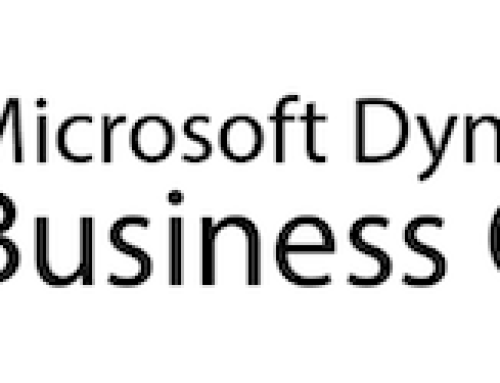The Acumatica banking module does what you would expect but with a few things that make it special compared to other ERP systems. It has all of your typical inquiries to help you manage your cash. It does bank reconciliations, which can be manual or automated. In this demo, we will show a few additional fun features. Because Acumatica allows you to combine company and branches all into one tenant, your bank accounts can easily be restricted to a certain branch or company. In other ERP systems, you are not allowed to create a journal entry and have that flow up to banking. In Acumatica, even if entries didn’t originate in the banking module, you can see them there, waiting to be reconciled.
Watch the video: Quick Look at What Makes the Acumatica Banking Module Special
Video Transcription:
“All right, so moving forward to the banking module. So because Acumatica allows you to combine company and branches all into one, when it comes to bank accounts, your bank accounts can easily be restricted to a certain branch or company. So if you’re using more of a decentralized payables and receivables processing, you may want to restrict your bank account to a particular branch or company. If you’re using more of a centralized mode, or maybe you’ve got a parent company or a corporate branch that is paying everything on behalf of everybody else, you can open up that restriction so that that bank account can be used across those companies and those branches.
We’re going to look at how Acumatica is very, very flexible in the area where it doesn’t care where the original transaction originates, whenever you’re pulling or utilizing the cash account. Some systems that I’ve used, if it’s a banking transaction and it’s hitting the cash account you’ve got to either have that transaction originated in AR or AP, or you have to do it in the banking module. You’re not allowed to create a journal entry and have that flow up to banking.
Acumatica is different in that area, and in the fact that you can create a journal entry and reference your cash account, and it knows to take that transaction and move it up to the bank account that’s associated with that cash account you book to in the general ledger.
So we’re going to look at the cash account details inquiry, and we’re going to see that that journal entry that we just created that was related to payroll, we’re going to see that entry here in our cash account details inquiry. So the entry that we just created was actually down on the bottom rows GL 1437 and 1438. You can see that even though those didn’t originate in the banking module, we are seeing those entries here in the bank module, waiting to be reconciled.
We’re going to show you how to create a quick bank transaction, should you ever just want to come into the bank module and not do a journal entry to cash in whatever the applicable offset accounts are. So to be able to create a bank transaction, you have to have some predefined codes set up, which Acumatica refers to as an entry type. And behind that code is some intelligence so that it knows, based on the code that you choose, or the entry type that you choose, it knows, or it suggests, what the offset account should be to cash.
So we’re going to show you this bank transaction that we’re creating for credit card fees here. And again, instead of manually keying this in, we’re going to use this upload functionality where we’ve already created an Excel file and we’re going to upload the details. Okay, so it’s pulling it in and what we’re doing is we’re recording all the credit card fees for all the different branches. And you’ll notice that if I was to add one more line, I don’t need to pick the offset account. Look at the offset account. Based on the entry type, it knows anytime I’m creating a transaction for a credit card fee, it knows what account to book it to automatically. So, that’s the advantage of using entry types. You can override them, but it does help expedite that manual entry and it keeps the accounting a bit more consistent.
Outside of this, the banking module does basically what you would expect. It’s got all of your typical inquiries to help you manage your cash. It has the bank reconciliations, which can be manual, or it can be automated. We can pull statements down from your bank and we can automate that process for you without of the box functionality.”
This is a snippet from a detailed Acumatica overview. Watch the full video – Acumatica Lunch and Learn Part 2 – Acumatica Financials.
If you want to see more features that stand out in Acumatica review the series of articles our senior ERP consultants have published that compare Acumatica vs Microsoft Dynamics GP.
Get Acumatica user tips at www.calszone.com/tips.
Are you ready to evaluate Acumatica or looking for Acumatica training and support? Contact CAL Business Solutions at sales@calszone.com or 860-485-0910 x4.
By CAL Business Solutions, Acumatica and Microsoft Dynamics GP Partner, www.calszone.com













